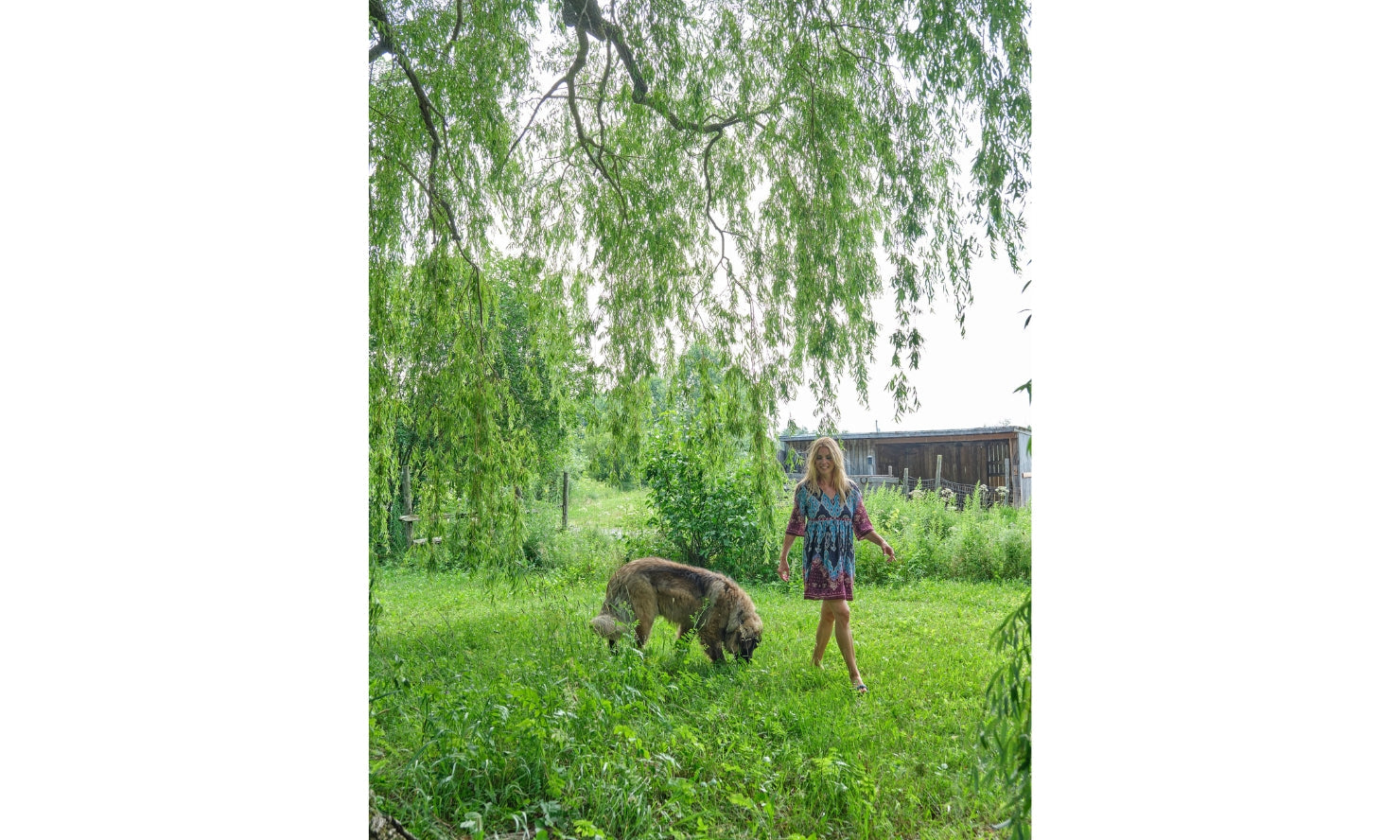By Jean-Charles Concas ND.A.
The etymology of the word chlorophyll has its roots in Greek and translates as green leaf. Green leafy vegetables are therefore logically the foods richest in chlorophyll, such as spinach, parsley, romaine lettuce, arugula, as well as spirulina and chlorella algae, to name just a few.
Green plants are capable of producing organic matter. To do this, they use mineral salts (contained in the soil) as a substrate, carbon dioxide (in the air) and the sun as an energy source. This process is called photosynthesis.
Chlorophyll acts as a receptor for light energy and transforms it into energy. This energy is stored in the form of carbohydrates. During this energy-generating process, plants release a waste product that is vital to us: oxygen.
Chlorophyll is necessary for certain plants and cyanobacteria. These were the first living organisms that created the conditions conducive to human development on Earth by releasing oxygen. This enabled a new energy process: respiration.
Two families with complementary needs thus appeared:
- The one that consumes carbon dioxide and releases oxygen (plants)
- The one that consumes oxygen and releases carbon dioxide (animals including humans).
Without photosynthesis, humans could not have appeared and survived on Earth. Here again, we see that everything is connected and the importance of preserving our forests, which are the lungs of the Earth.
So, although complementary, it was thought, not so long ago, that humans were not capable of using chlorophyll as an energy source. However, recent studies seem to partially demonstrate the opposite.
It is currently known that chlorophyll has an anti-inflammatory effect (1-2) but what was not known is that when we eat green leafy foods, chlorophyll circulates in our blood. When our body is exposed to sunlight, circulating chlorophyll would be able to regenerate our Coenzyme Q10. (CoQ10) (3)
CoQ10 is an antioxidant found in our cells, specifically in our mitochondria. Our mitochondria have their own DNA, like chloroplasts, which house chlorophyll, indicating a bacterial origin. Mitochondria are our production factories that transform the energy from our food into cellular energy. (95% of energy needs are met by CoQ10!) (4-5)
CoQ10 in its active form is called ubiquinol, and when used, it is oxidized to ubiquinone. For CoQ10 to act as an effective antioxidant again, the body must regenerate ubiquinol from ubiquinone. This appears to be possible using chlorophyll metabolites and light.
Given the latest scientific advances, common sense is taking over. Let's eat a good portion of green foods and expose ourselves regularly to daylight to make our vitamin D and possibly reactivate our CoQ10 in its active form, ubiquinol, to benefit from maximum energy.
Good health to all.
References:
1-Subramoniam A, Asha VV, Nair SA, Sasidharan SP, Sureshkumar PK, Rajendran KN, Karunagaran D, Ramalingam K. Chlorophyll revisited: anti-inflammatory activities of chlorophyll a and inhibition of expression of TNF-α gene by the same. Inflammation. 2012 Jun;35(3):959-66. doi:10.1007/s10753-011-9399-0. PMID: 22038065.
2-KH Lin, CY Hsu, YP Huang, JY Lai, WB Hsieh, MY Huang, CM Yang, PY Chao. Chlorophyll-related compounds inhibit cell adhesion and inflammation in human aortic cells. J Med Food. 2013 Oct;16(10):886-98.
3-C Xu, J Zhang, DM Mihai, I Washington. Light-harvesting chlorophyll pigments enable mammalian mitochondria to capture photonic energy and produce ATP. Cell Sci. 2014 Jan 15;127(Pt 2):388-99.
4-Ernster L, Dallner G: Biochemical, physiological and medical aspects of ubiquinone function. Biochim Biophys Acta 1271:195-204, 1995
5-Dutton PL, Ohnishi T, Darrouzet E, Leonard, MA, Sharp RE, Cibney BR, Daldal F and Moser CC. 4 Coenzyme Q oxidation reduction reactions in mitochondrial electron transport (p. 65-82) in Coenzyme Q: Molecular mechanisms in health and disease edited by Kagan VE and Quinn PJ, CRC Press (2000), Boca Raton


































































Leave a comment